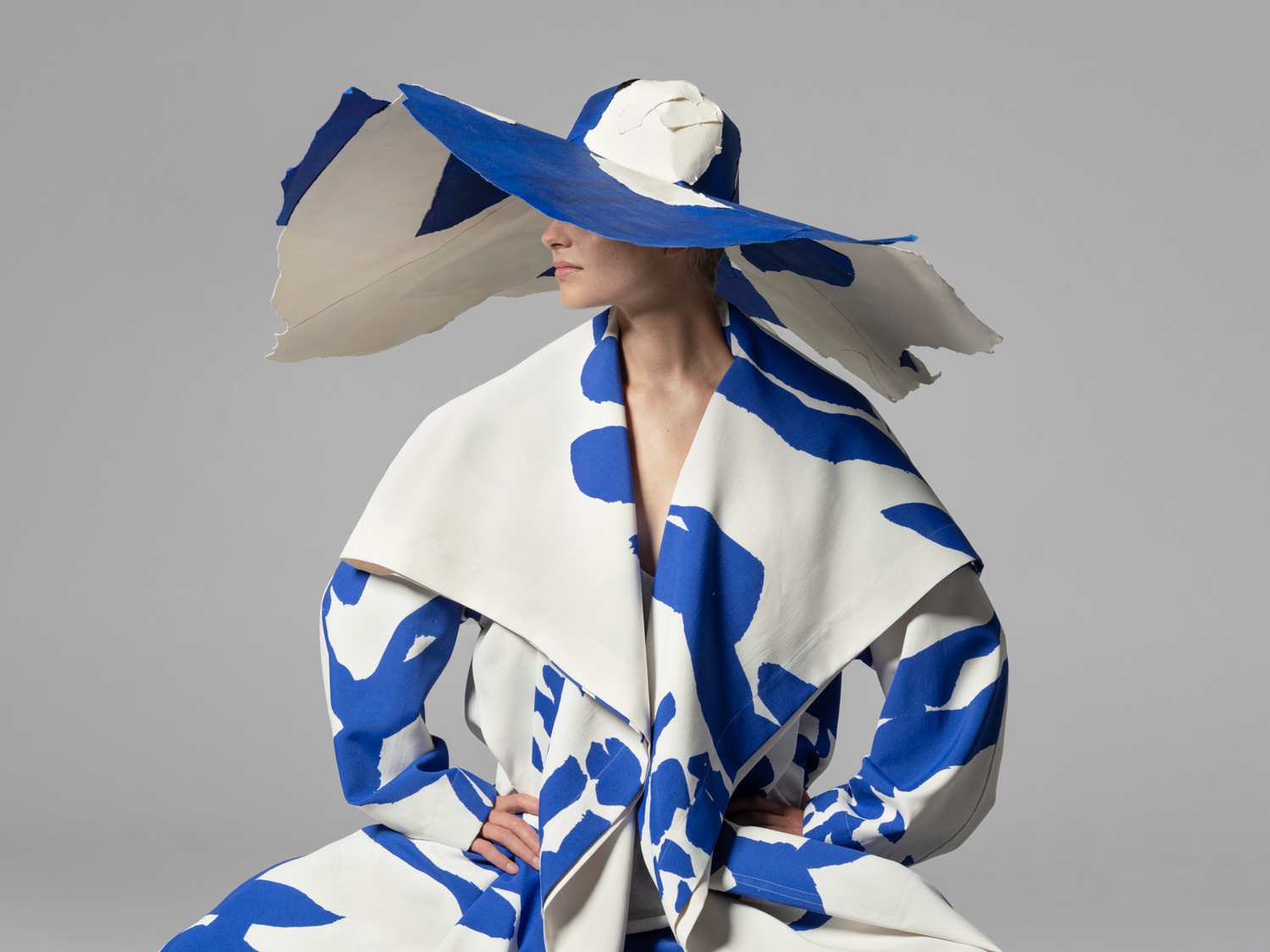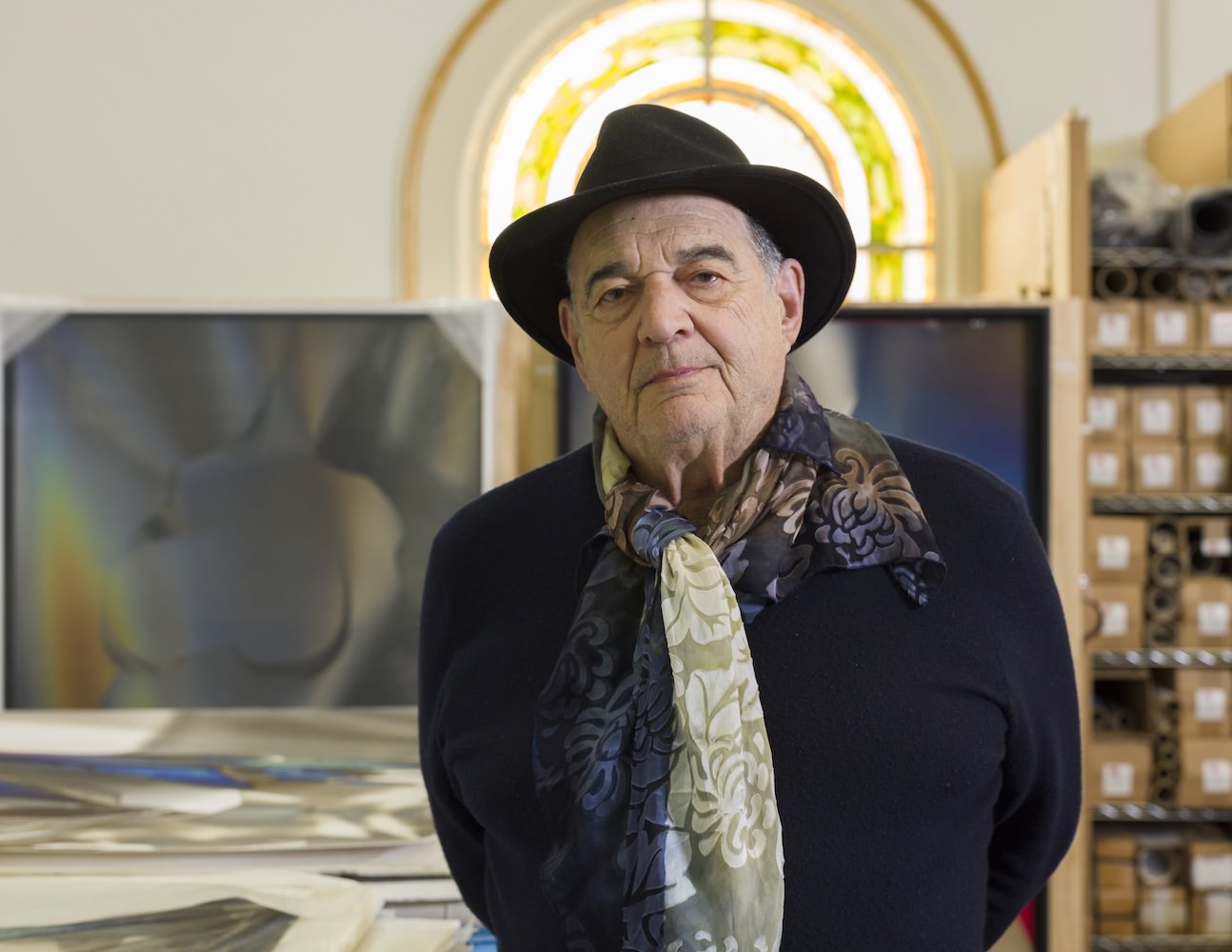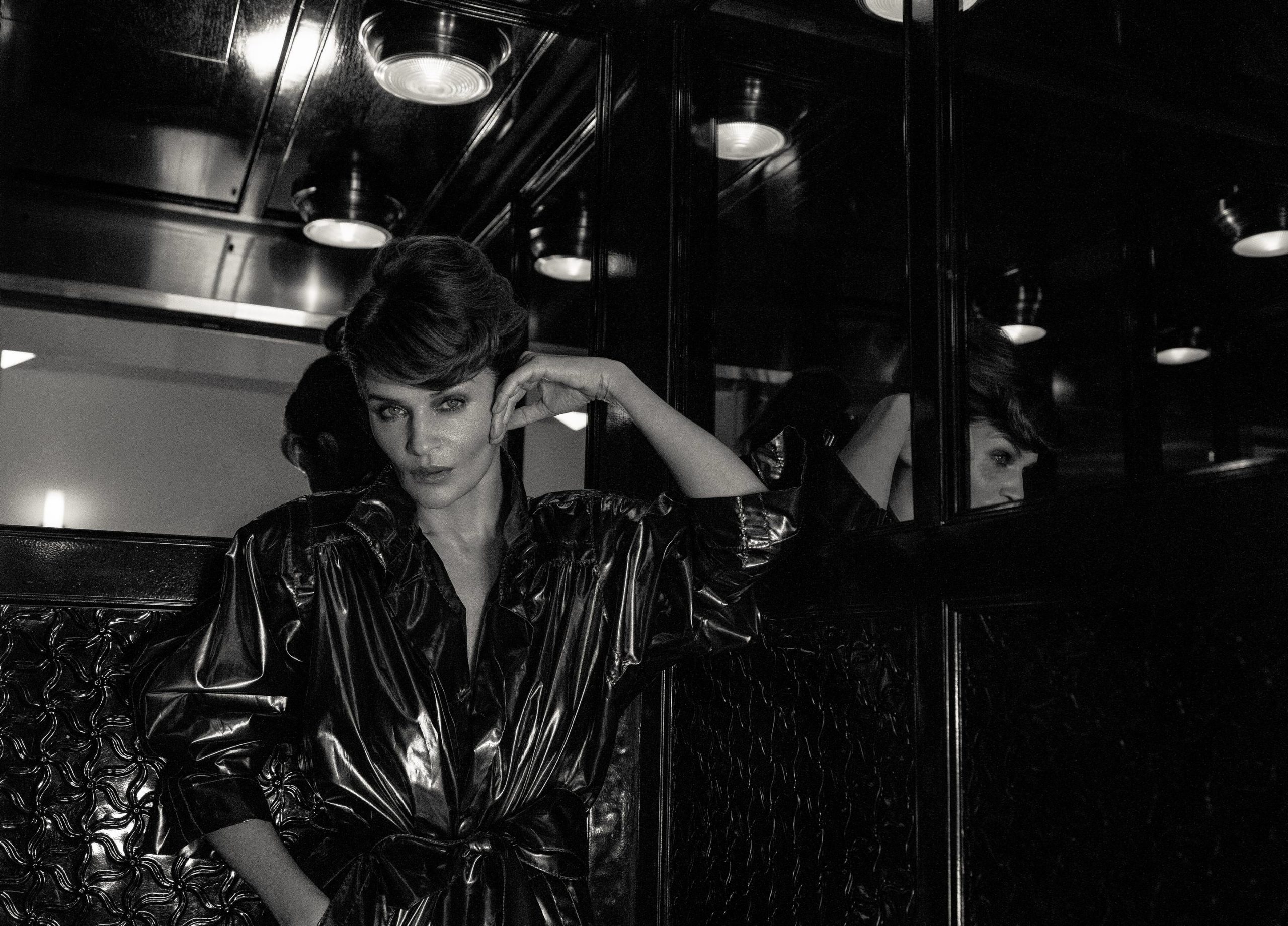“Mary Weatherford: Canyon—Daisy—Eden” is on view at the Tang Teaching Museum and Art Gallery at Skidmore College February 1–July 12, 2020. Organized by curator Bill Arning and Tang Teaching Museum Dayton director Ian Berry, the exhibition is a survey of the artist’s three decades of painting. The show presents Weatherford’s exploration of color—her sense for which, she’s realized, has remained consistent over the years—through several distinct series.
Whitewaller spoke with Weatherford about the process of looking back on 30 years of painting, as well as why she has collected her own work since the very beginning.
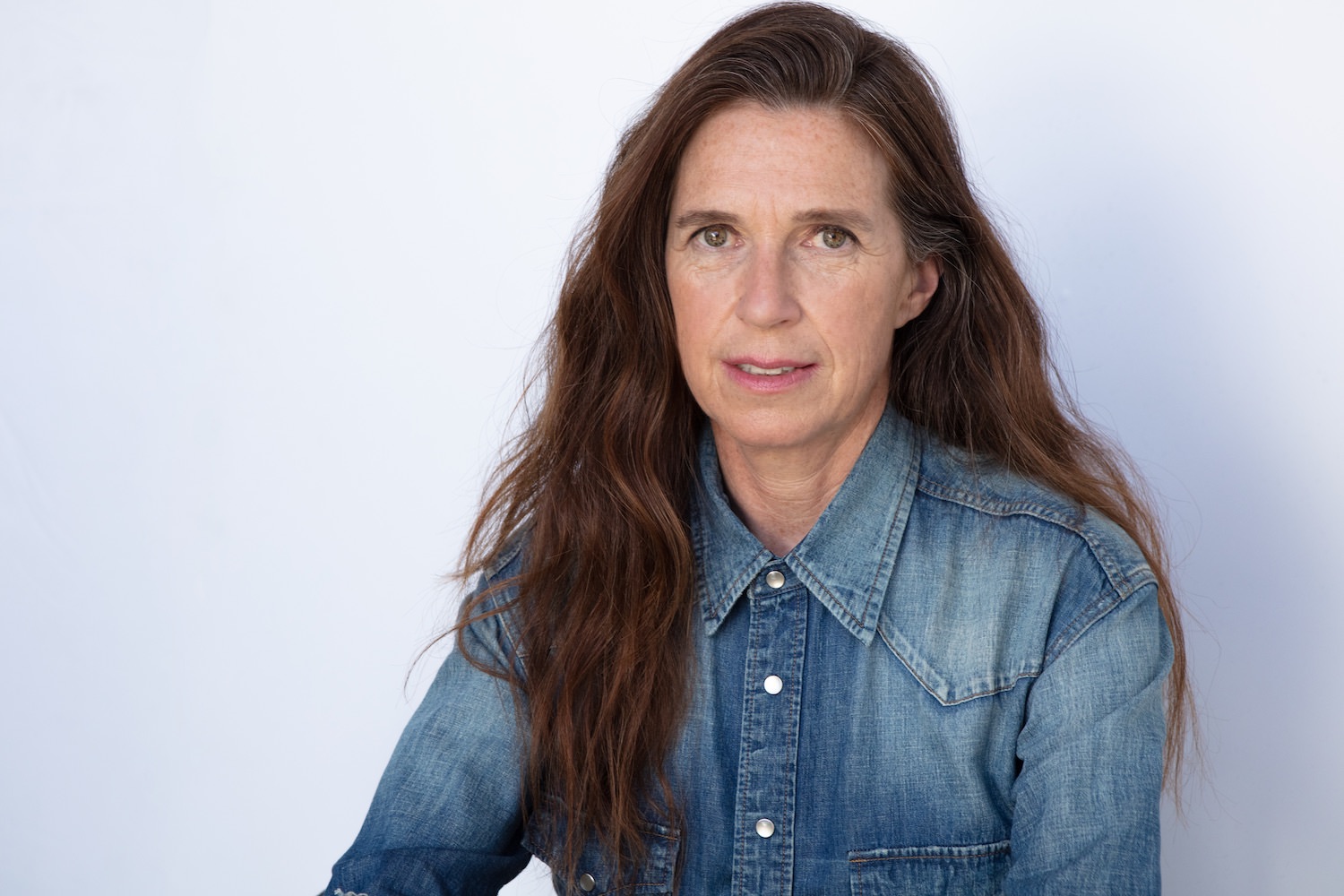
Portrait by Stephen Busken.
WHITEWALL: Where does the title of your show “Canyon—Daisy—Eden” come from?
MARY WEATHERFORD: Those are three recent paintings in my upcoming survey: Canyon, Daisy, and Eden. I’m interested in language. If you push together my painting titles, they start to form a poem. The title of the exhibition is a short poem constructed of painting titles.
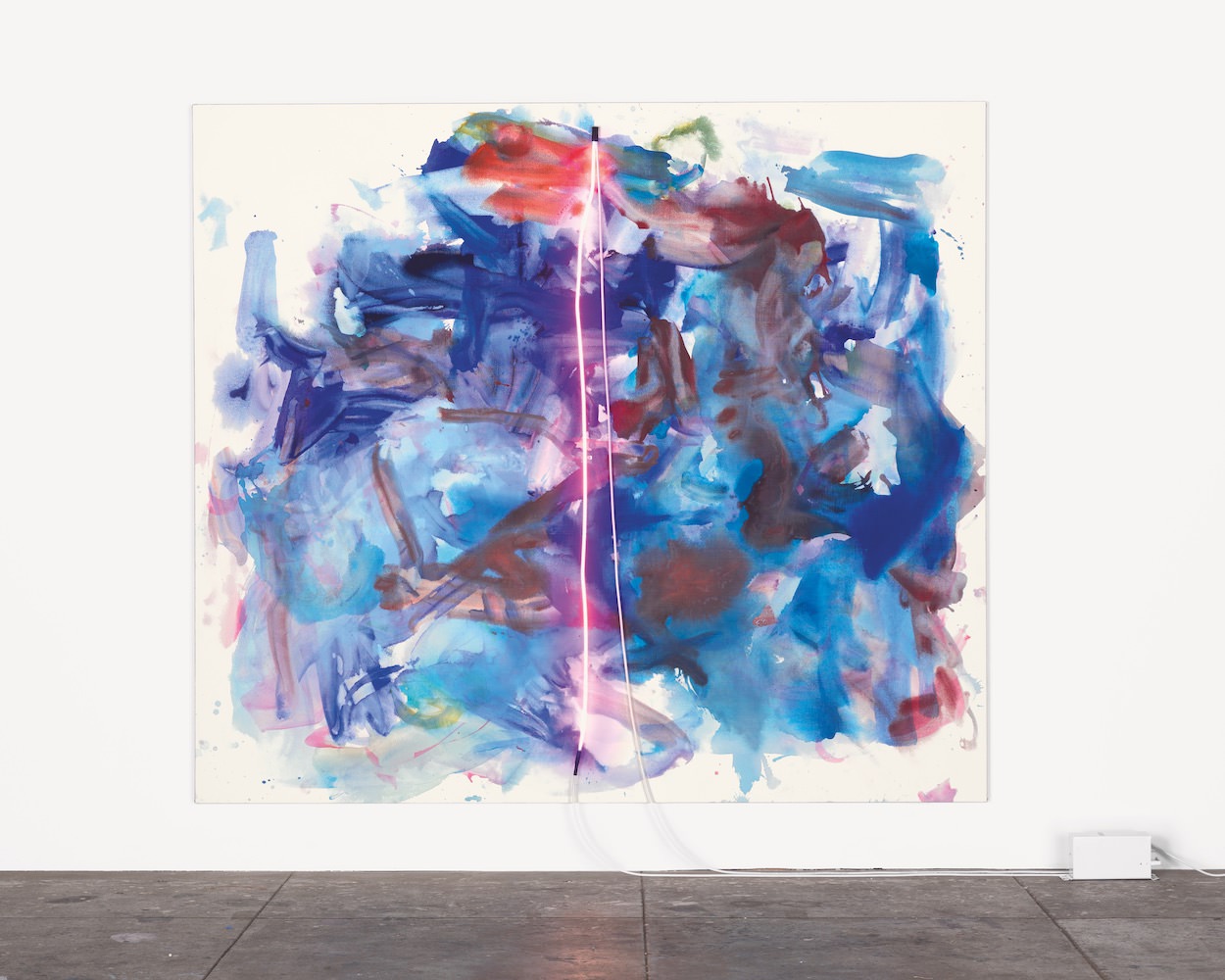
Mary Weatherford
lovely day
2015
Flashe and neon on linen
99 x 112 inches
Courtesy of the artist
WW: What has it been like to work on this survey show?
MW: It’s co-organized by Bill Arning and Ian Berry. Bill started coming to my New York studio in 1989. I met Ian Berry in 1999 just after moving to Los Angeles. So, we’ve been friends and colleagues for two and three decades. It’s a different pace of collaboration than working with a young person who has recently come to the work (which is wonderful in a different way). Collaborating with Ian and Bill is like working with childhood friends. They have their own memories of how the work was understood or received 20 years ago.
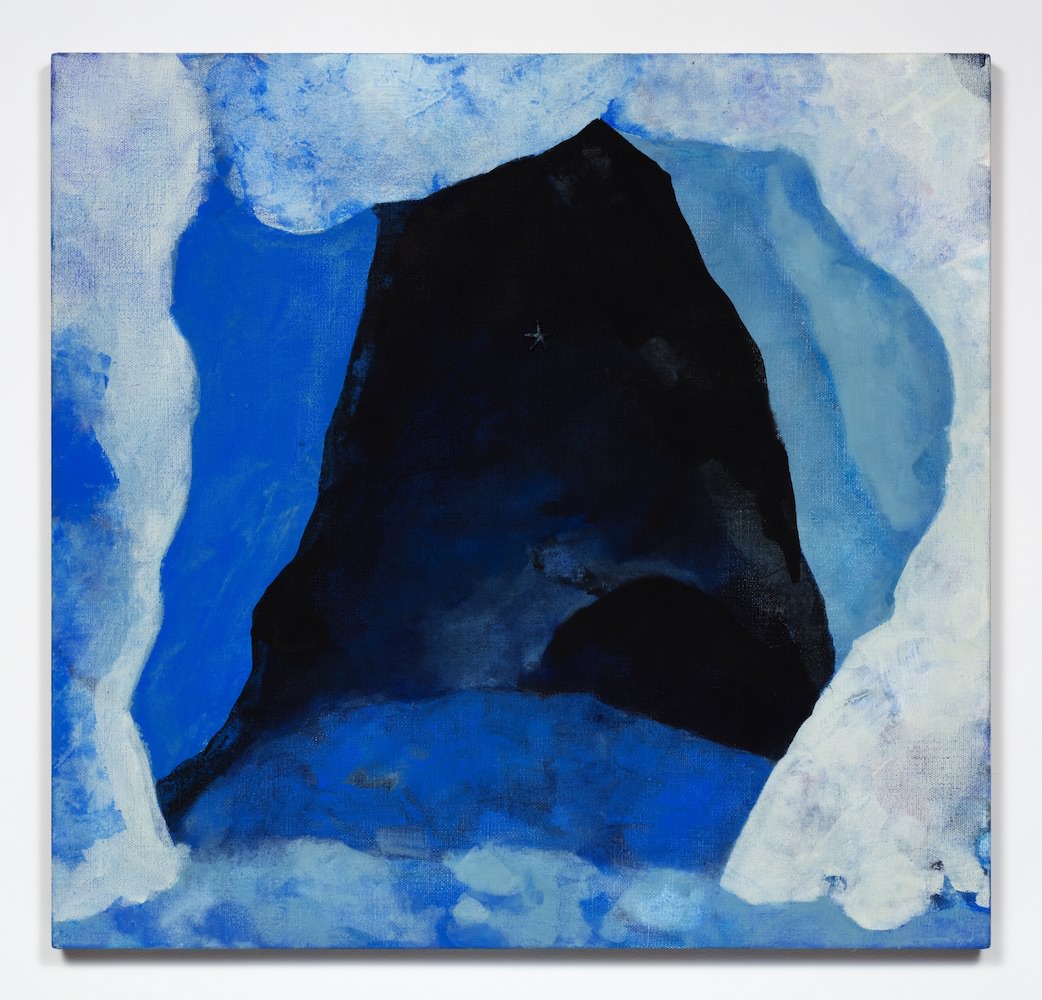
Mary Weatherford
Georgia
2010
Flashe and starfish on linen
44 x 50 inches
Courtesy of the artist
WW: What was the starting point?
MW: I have records of everything, images of every piece I’ve made—35-millimeter slides, 4-by-5 transparencies, Polaroids, and digitals going back to the eighties. Even so, it was an amazing experience to bring the work out of storage and hang it salon-style in the studio: 2,000 square feet of 30 years of work, floor to ceiling. What struck me was that the constant is the color. My color sense hasn’t changed since I was a teenager.

Mary Weatherford
Ruby I (Thriftimart)
2012
Flashe and neon on linen
93 x 79 inches
Courtesy of the artist
WW: How would you describe that color sense?
MW: There is a dualistic theme to my work. It goes from night to day, from a low range to a high range. The way I choose colors is maybe like an improvisational pianist choosing whether to play in the bass or the treble keys. I have infinite choices, and I like to go from low to a high—I like to paint without black, then paint with all black. I like to combine neutrals with high chroma color.
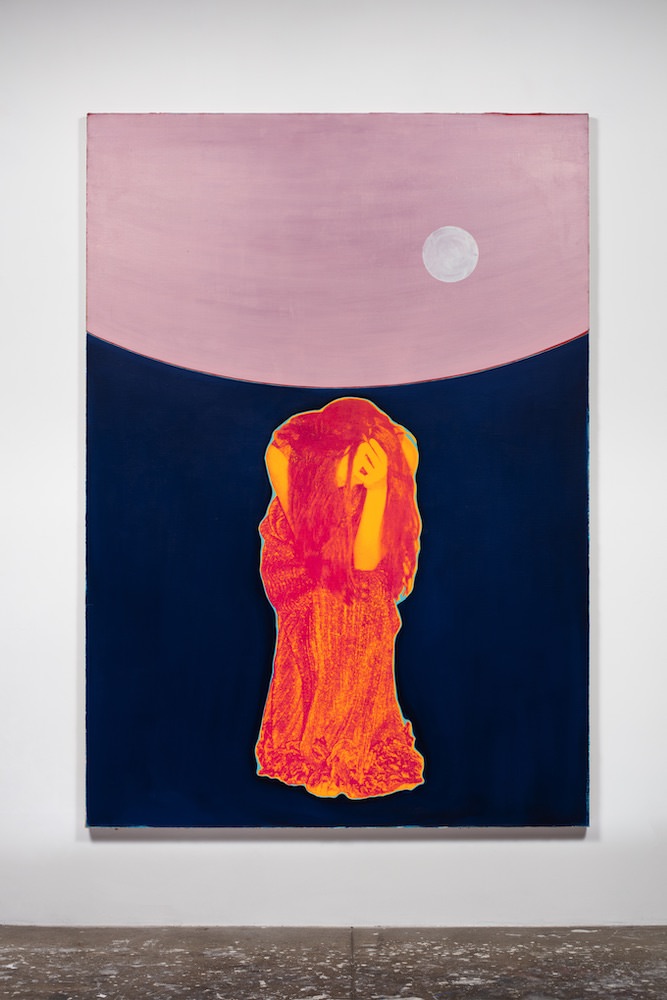
Mary Weatherford
Night and Day
1996
Oil and silkscreen on jute
90 x 63 inches
Courtesy of the artist
The phrase “personal iconography” has been in the air since I was in college. What if, instead, there’s personal color? For me, it’s the color.
WW: How does the exhibition unfold?
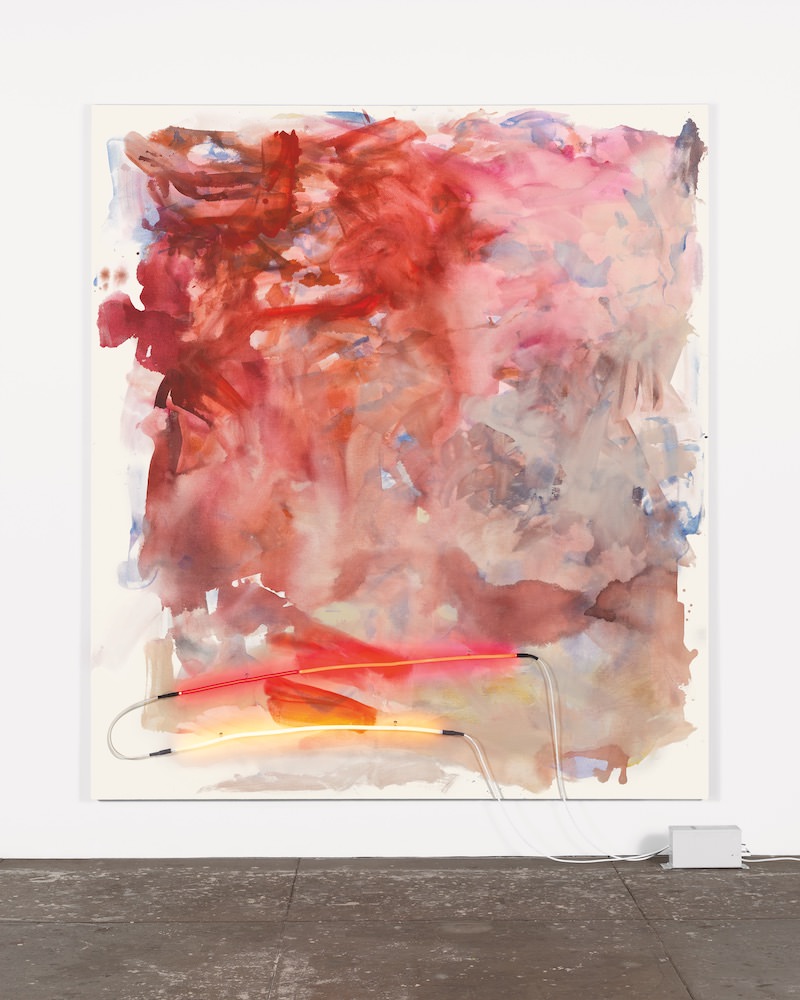
Mary Weatherford
canyon
2014
Flashe and neon on linen
112 x 99 inches
Courtesy of the artist
MW: It not exactly chronological, but sort of. From the early planning stages it was important to us that the show didn’t start with small paintings, and end big. I’ve made big paintings since I was in my teens and twenties. So, the show is large-scale all the way through, with the exception of one wall hung salon-style with all types of works from different years, of all sizes.
WW: Unwrapping the works in your studio and putting them up on the walls, did it bring up any memories, or new feelings about older pieces?
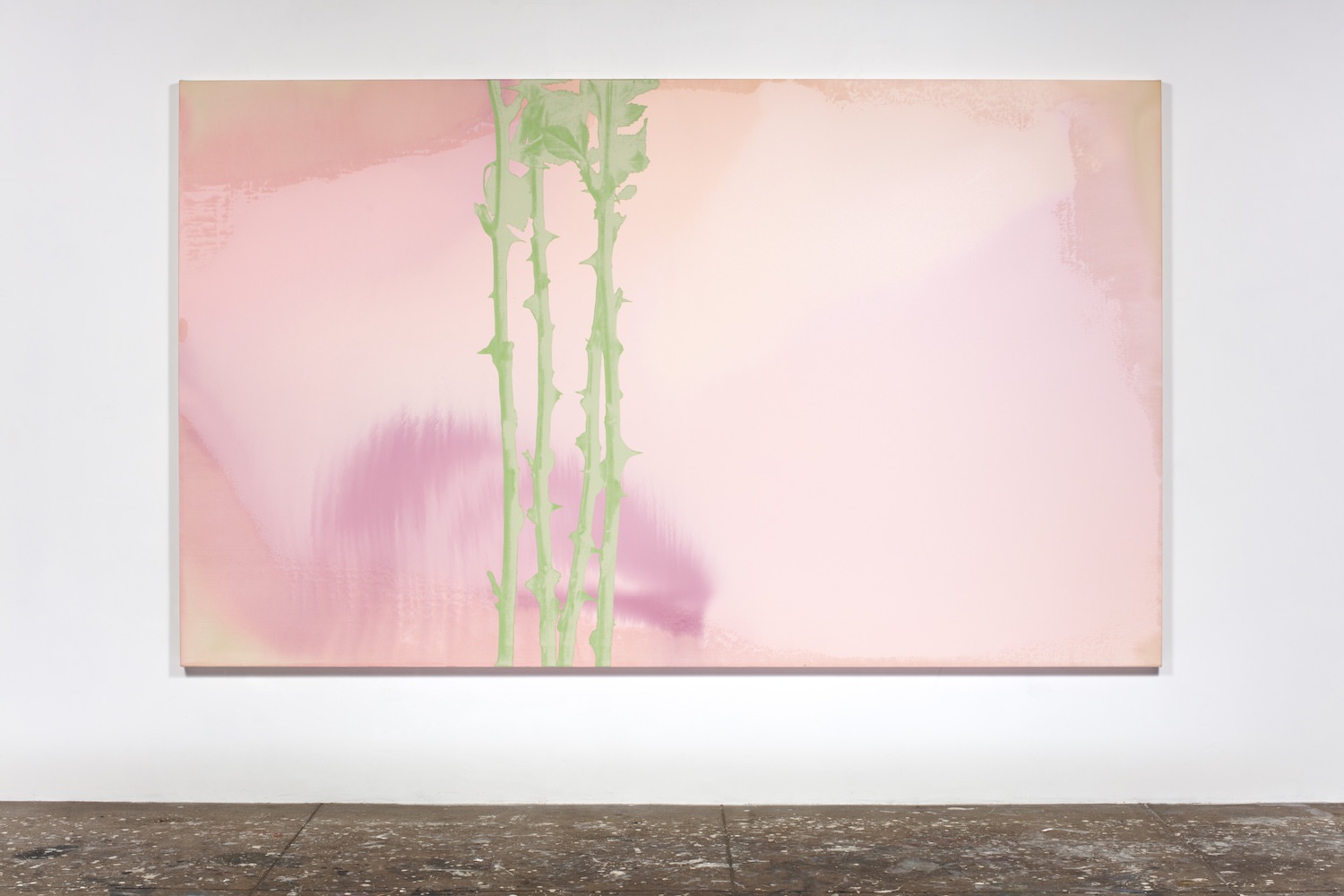
Mary Weatherford
5:00 a.m.
1992
Acrylic, Flashe and ink on canvas
72 x 120 inches
Courtesy of the artist
MW: I felt intensely about it. Fond of them. The process felt like going to my high school reunion in San Diego. Everyone was changed, but not really. Their voices were the same and their personalities. Some people I had forgotten about entirely, but when I saw them, they sprang back to life. Art is autobiographical. I associate the paintings with different political eras—when Bush was elected, Clinton . . . Or events—the invasion of Iraq, 9/11, the 2008 crash, a breakup, my sister’s death. I can tell what was happening in the world, or my world, by looking at the pictures. I don’t keep a journal. I keep paintings.
WW: How do you choose what you want for your own archives?
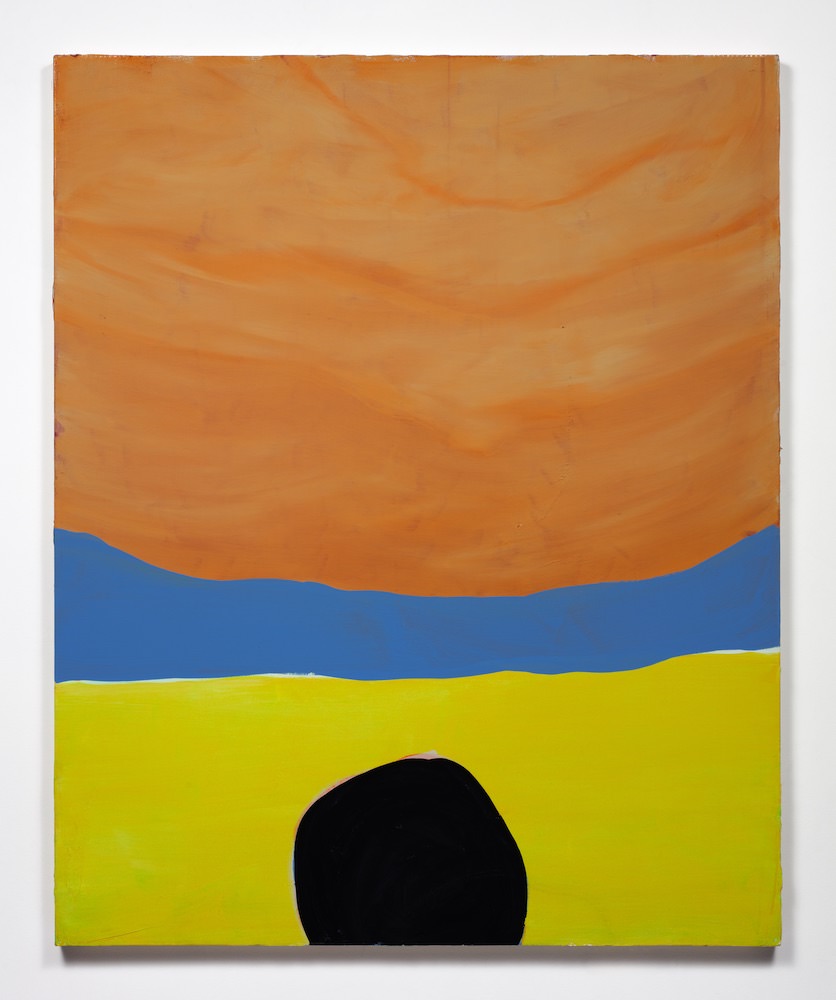
Mary Weatherford
beach
2000
Flashe on canvas
60 x 49 inches
Courtesy of the artist
MW: I like paintings that have a meaning to me—maybe a secret meaning.
WW: Is it always easy for you to choose that?
MW: Usually.
WW: Your series vary greatly from one to the next. Does it ever feel like a risk for you, or does it feel natural when you move into the next?
MW: It feels natural, or just necessary. It’s not thought out, and it’s beyond my control. I just start moving in that direction.
I heard “I don’t understand” a handful of times when I was changing the work a lot in the nineties. I thought, “This will make sense in the rearview mirror.”
I couldn’t form into words why it changed when it did. I couldn’t explain that I wasn’t searching for anything. I was never searching. I was just making. And it was wonderful in the moment.
I have good self-esteem around my work. Over the years friends have commented that they thought it was funny how much I loved my own work. I would say, “If I don’t love it, who will?”
About collecting my own work, if I don’t invest in myself, who will?
Everything I have made was happiness to me; it was satisfying.




